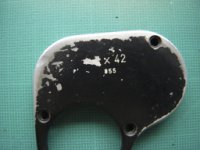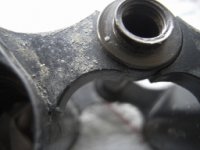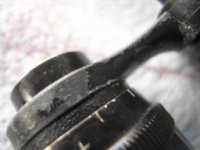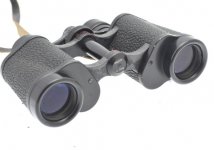simonineaston
...looking forward to retiring!
Hi folks, as I dip my toes into using vintage binoculars, I notice that there's a lot of pairs around second-hand, some in better condition than others! I don't think it's unreasonable to assume that some that have suffered a great deal of wear & tear on the outside, may still be in reasonable conditon optically (although I recognize too that a battered pair are more likely to have been less well looked-after than a pristine pair). Were I to find a pair of vintage binoculars that performed well optically, do any kind readers care to comment on refurbishing the external surfaces of a vintage pair? Is it common to have a go at recovering deteriorating vulcanite with leather, or an artificial equivalent? Or would I be ploughing a furrow of my own? I have searched but can't find much on the subject.








